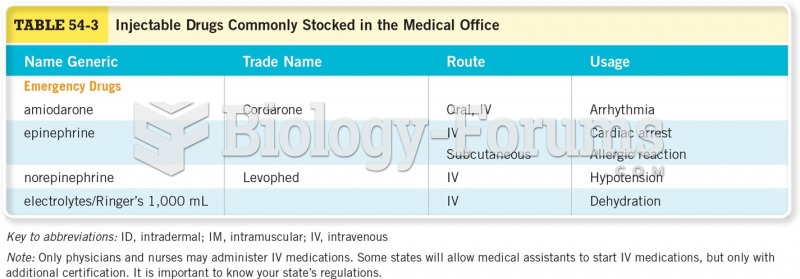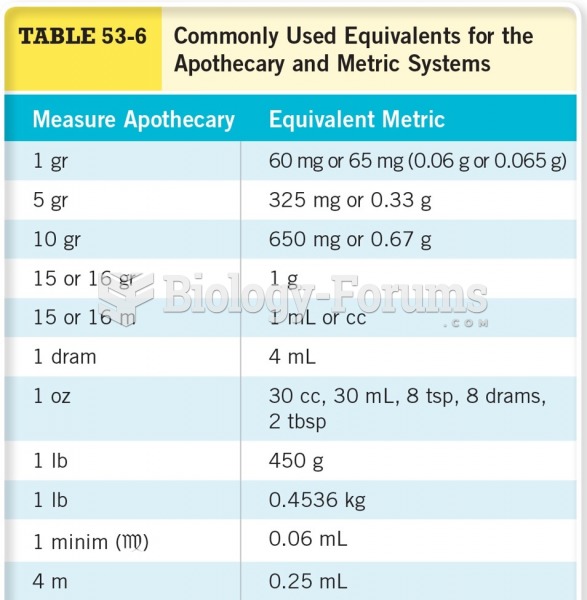Answer to Question 1
The order Cypriniformes is made up of three suborders, 19 families, and 3,500 species. Eight families are
common in the aquarium trade. This order includes fishes that are covered with cycloid scales.
The order Siluriformes is made up of 24 families and more than 2,500 species; they are commonly referred
to as catfish. Most species are covered with skin but lack scales. Some species are covered with bony plates;
most species have adipose fins. The pectoral and dorsal fins have stiff, sharp rays, or spines. Their bodies are
usually flattened on the underside, and they have barbels; these are characteristics that aid in their bottomdwelling,
nocturnal habits.
The order Atheriniformes is made up of three suborders and 15 families. Fishes in this order include
those with extended lower jaws, the annual fish, small fish with modified anal fins, fish with specialized eye
structure, and those that lack a lateral line.
The order Perciformes consists of more than 6,000 species in 16 suborders and approximately 160 families.
Species in this order do not have their swim bladders connected to open ducts to their throats. The dorsal,
anal, and pelvic fins usually have spines. The dorsal fin consists of an anterior (front) part that has spines and
a posterior (rear) part that has soft rays.
The order Tetraodontiformes is represented by the family Balistidae. This family is made up of a group
of saltwater species referred to as triggerfish. They each have three dorsal spines, with the second locking the
first into an upright position.
The order Mormyriformes is represented by the family Mormyridae, which contains 130 species. They are
referred to as mormyrs and elephant-snout fish. The lower lip is elongated into a tool that is used to dig for
food on the bottom of streams. They also emit electrical fields around their bodies that enable them to move
around in the darkness.
The order Osteoglossiformes is represented by the family Notopteridae and contains six species consisting
of fishes with long anal fins and reduced or no dorsal fins. They move about by the undulating motions of
their long anal fins.
The order Scorpaeniformes is represented by the family Scorpaenidae and is made up of the lion fish, also
called dragon fish or turkey fish. The fin rays are long, and the spiny ray is poisonous.
The order Gasterosteoidei is represented by the family Syngnathidae and consists of the seahorses.
They have hard body coverings and no caudal or anal fins; they swim in a vertical position. Seahorses have
prehensile tails that they can use to anchor themselves to plants and coral.
Answer to Question 2
Class Agnatha or Cyclostomata includes the jawless fish, possessing sucking or filter-feeding mouths.
Class Chondrichthyes includes fish with cartilaginous skeletons.
Class Osteichthyes includes fish with bony skeletons.







